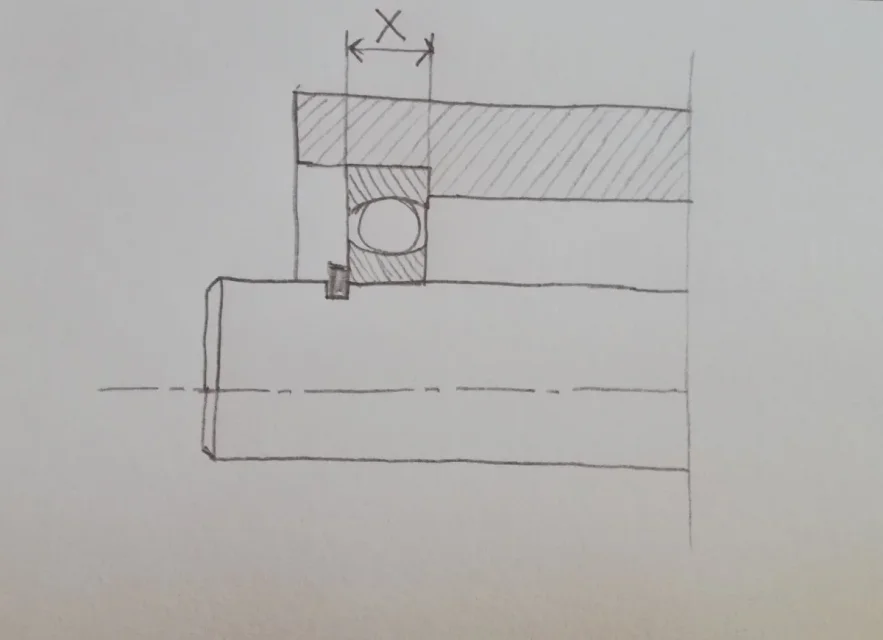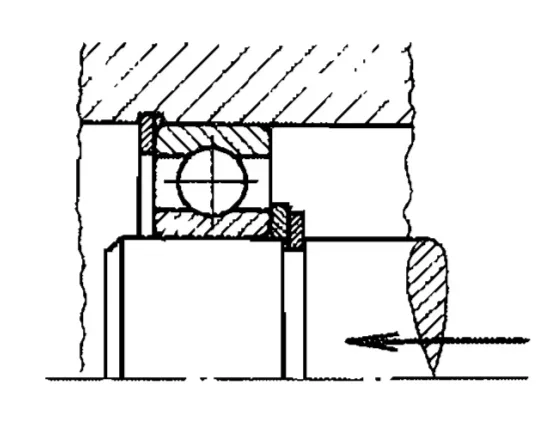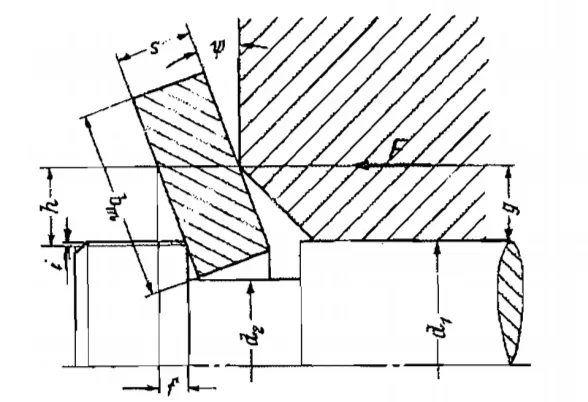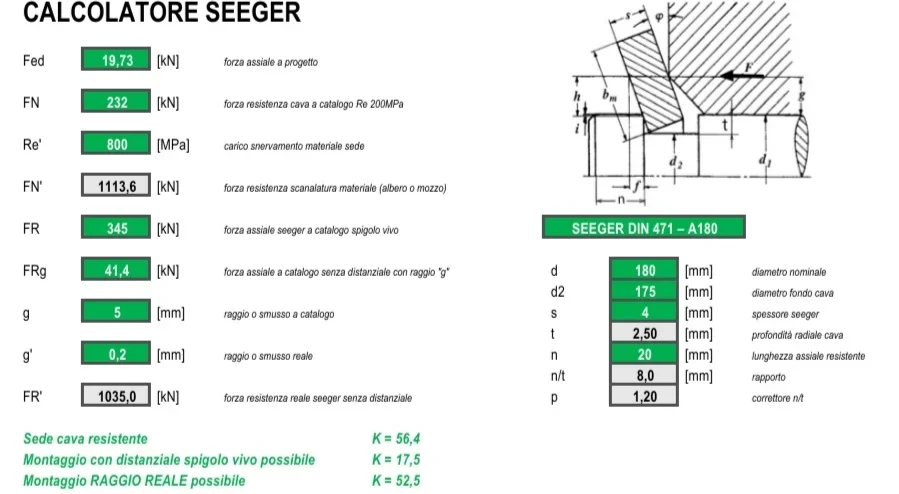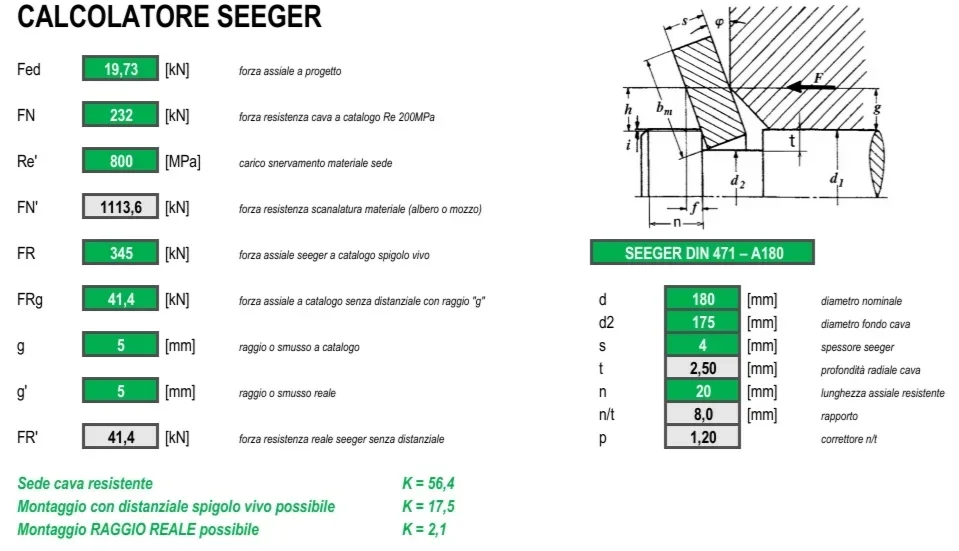Vitreo
Guest
Good morning, everyone. I'm recovering the "theory" of the tolerance chains because lately I have to deal with applications where I have to evaluate the maximum game and the minimum game in a small set mounted.
in a set in which fixed (with two seeger at the ends) a shaft supported between two bearings, I have difficulty in finding information on how to treat the axial encumbrance of a radial bearing, the x distance in the image I attach, ie the distance between the shouldering of the tube and the internal support of the seeger.
I would say that:
x=b ± C
where:
b is the nominal bearing width
c is the inner axial game of the bearing.
But I wanted to ask those who are more familiar with bearings.
Thank you in advance.
in a set in which fixed (with two seeger at the ends) a shaft supported between two bearings, I have difficulty in finding information on how to treat the axial encumbrance of a radial bearing, the x distance in the image I attach, ie the distance between the shouldering of the tube and the internal support of the seeger.
I would say that:
x=b ± C
where:
b is the nominal bearing width
c is the inner axial game of the bearing.
But I wanted to ask those who are more familiar with bearings.
Thank you in advance.

